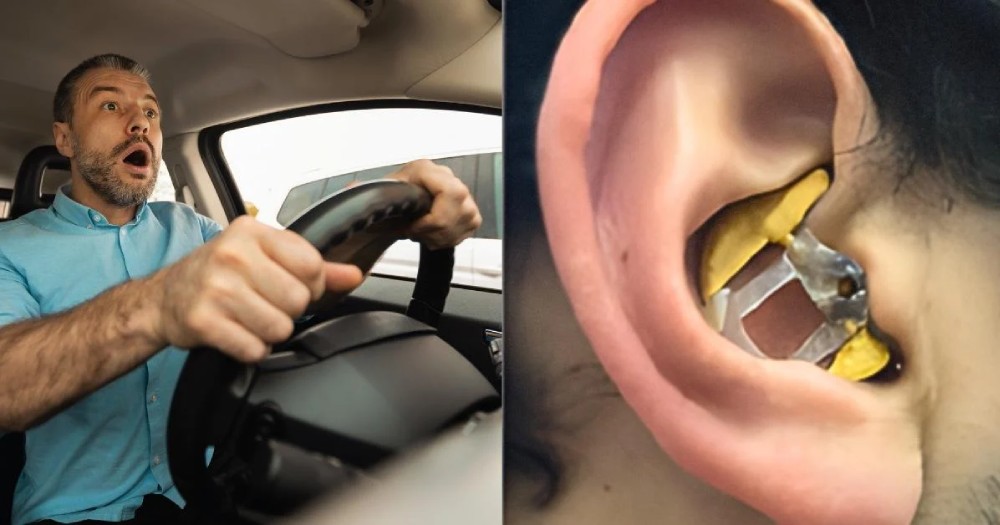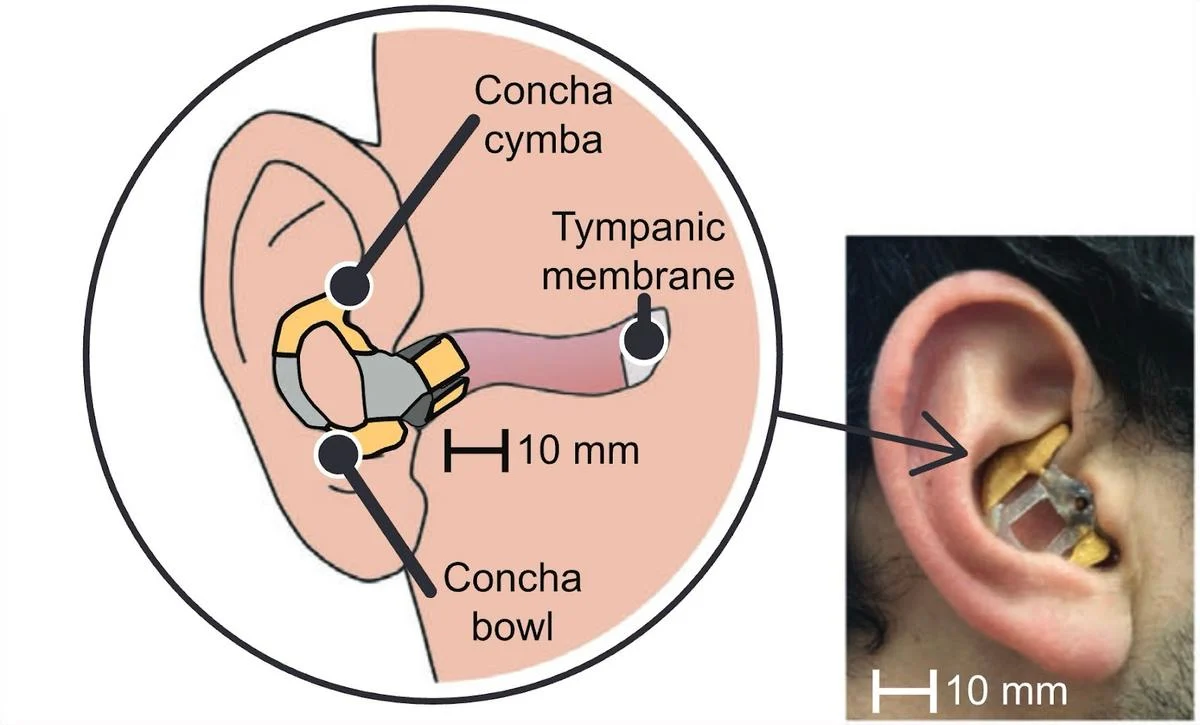Smart earbuds can detect drowsiness to save lives on the road

In personal audio technology, innovation is no longer just about delivering pristine sound quality — it's about saving lives. One of the most pressing issues on the road today is drowsy driving, often dubbed the "fourth D" alongside drunk, drugged, and distracted driving. This silent yet deadly hazard accounts for over 300,000 police-reported crashes, 100,000 injuries, and up to 6,400 deaths each year in the U.S.
Now, researchers from the University of California, Berkeley, are developing groundbreaking earbuds that could detect drowsiness and potentially prevent these tragic accidents.
How does it work?
The anti-drowsiness earbuds developed by UC Berkeley engineers are a miniaturized version of a traditional electroencephalogram (EEG) device designed to measure brain activity. Unlike conventional EEG machines, which are bulky and require numerous electrodes attached to the scalp, these earbuds have been compactly designed to fit comfortably in the ear while performing a similar function.
The earbuds focus on detecting alpha waves — brain activity that indicates relaxation and the onset of sleep. As the brain produces more alpha waves, the earbuds can recognize when a person is becoming drowsy.
The earpieces include electrodes that gently press outward on the ear canal, ensuring consistent contact with the skin for accurate readings. The earbuds come in various sizes to accommodate the diversity of ear shapes and sizes, making them comfortable for everyday use.
Why does it matter?
According to the AAA Foundation, drowsy driving is responsible for approximately 20% of all car crashes, making it a significant contributor to road fatalities. These earbuds could serve as an early warning system, alerting drivers before their fatigue reaches dangerous levels. This, in turn, could reduce the number of accidents and save countless lives — both on the road and in other high-risk industries like construction and mining, where fatigue can lead to catastrophic accidents involving heavy machinery.
Moreover, these earbuds hold promise beyond drowsiness detection. They could be integrated with other sensors to create a more comprehensive health monitoring system, potentially surpassing current in-car sensors and camera systems, which often struggle with factors like poor lighting or obstructed views.
The context
While the earbuds demonstrate considerable potential, they face several challenges on the road to widespread adoption. One key issue is ensuring that they comfortably fit all ear shapes and sizes without needing messy gels or custom molds to make them practical for daily use. Moreover, the earbuds currently pick up smaller electrical signals compared to traditional EEGs, so improving the signal quality and reliability in real-world scenarios remains a priority.
Battery life is another hurdle, as these earbuds need to last through long drives without frequent recharges. The research team is working on refining the design to strike the right balance between power efficiency and performance.
Looking down the road, the researchers are already considering enhancements like adding the ability to monitor heart rate, eye movements, and jaw clenches. Such advancements could provide a more comprehensive picture of a user's state and make drowsiness detection even more accurate.
As study senior author Rikky Muller aptly noted, "Wireless earbuds are something we already wear all the time. That's what makes Ear EEG such a compelling approach to wearables. It doesn't require anything extra."
These developments represent a promising step toward making our roads and workplaces safer by leveraging the technology we already use every day.
💡Did you know?
You can take your DHArab experience to the next level with our Premium Membership.👉 Click here to learn more
🛠️Featured tool
 Easy-Peasy
Easy-Peasy
An all-in-one AI tool offering the ability to build no-code AI Bots, create articles & social media posts, convert text into natural speech in 40+ languages, create and edit images, generate videos, and more.
👉 Click here to learn more



